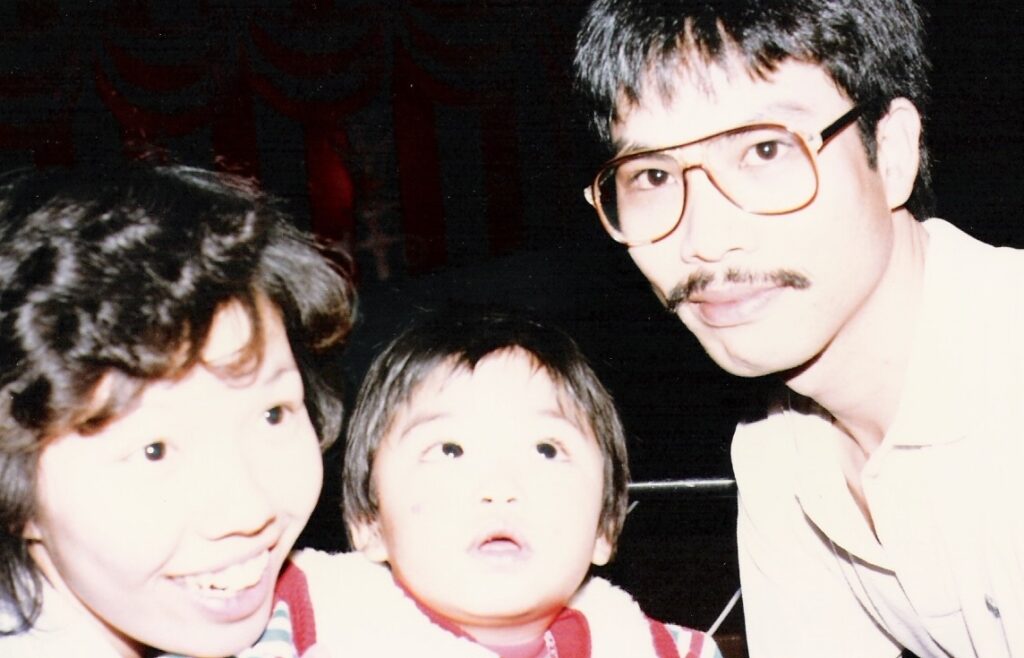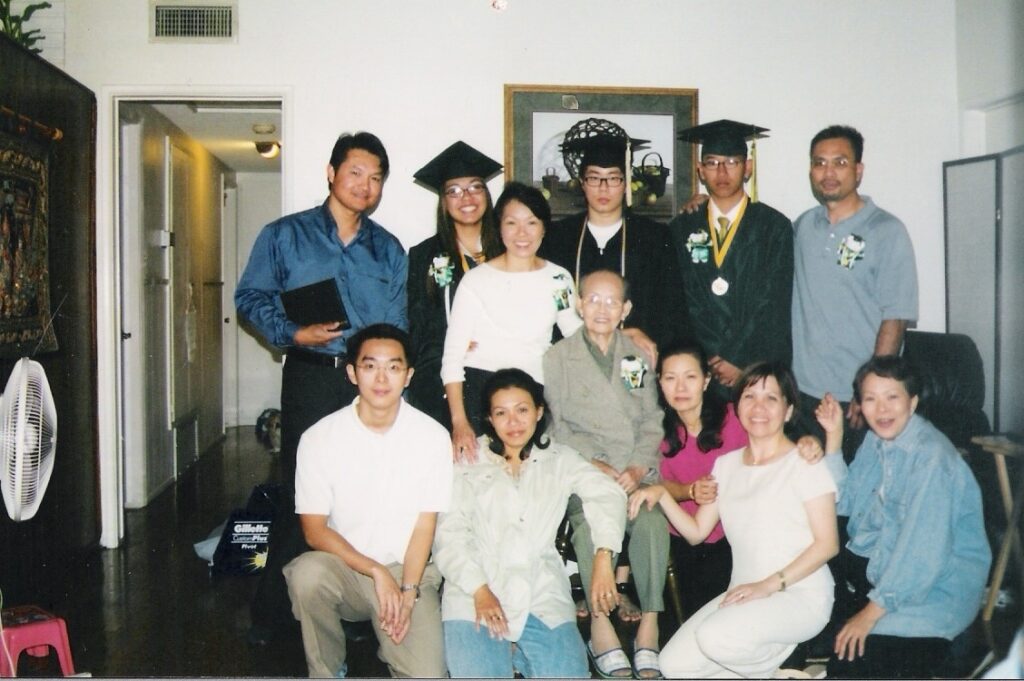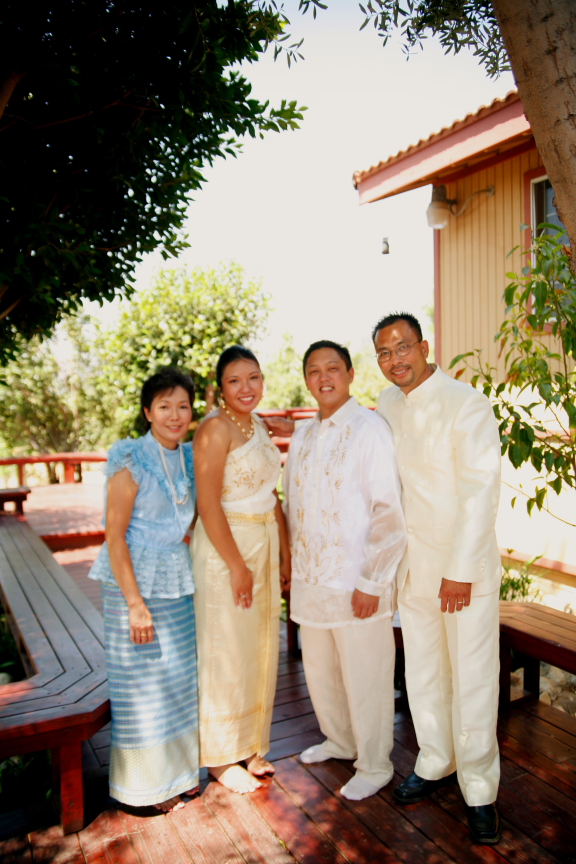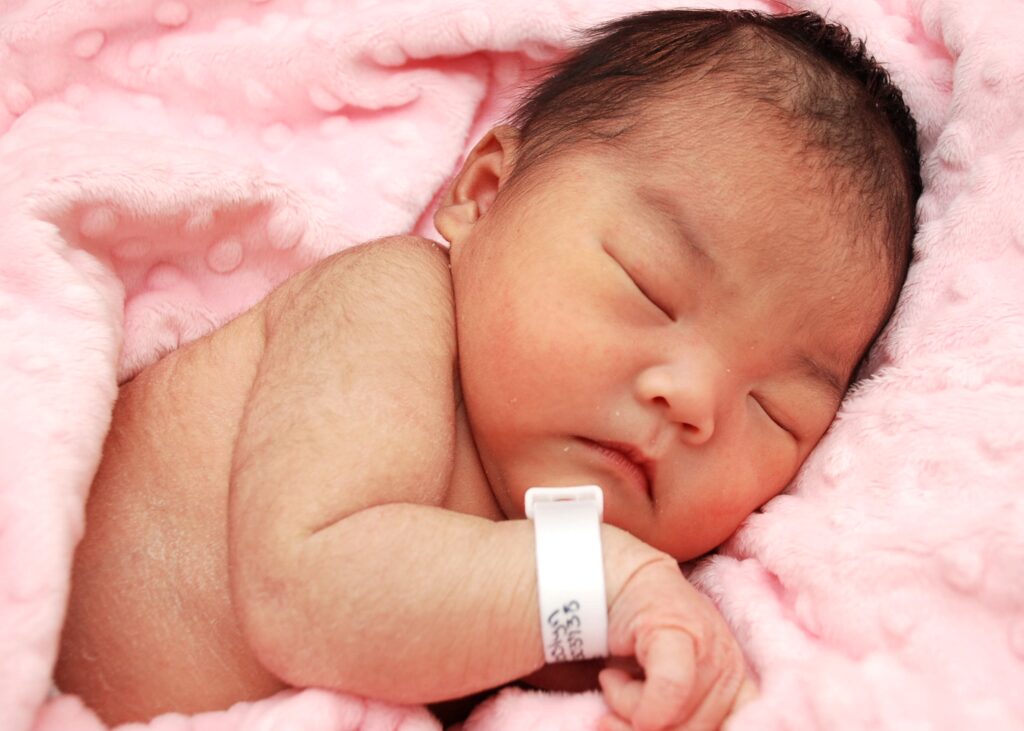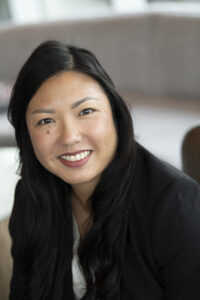Cervical cancer advocacy often starts with a personal story—but it doesn’t end there. For many in the Cervivor community, it begins at home, with children watching, learning, and eventually joining the mission to end cervical cancer.
For Anne Zajic, a Stage 1B2 cervical cancer survivor and mom of three, advocacy has become a true family affair. Diagnosed in 2016 when her daughters were still very young, Anne leaned into the Cervivor community for strength and purpose. Today, she’s a Cervivor Ambassador, and her daughters—Clara, 11, and twins Julia and Katie, 9—are right beside her as Junior Ambassadors.
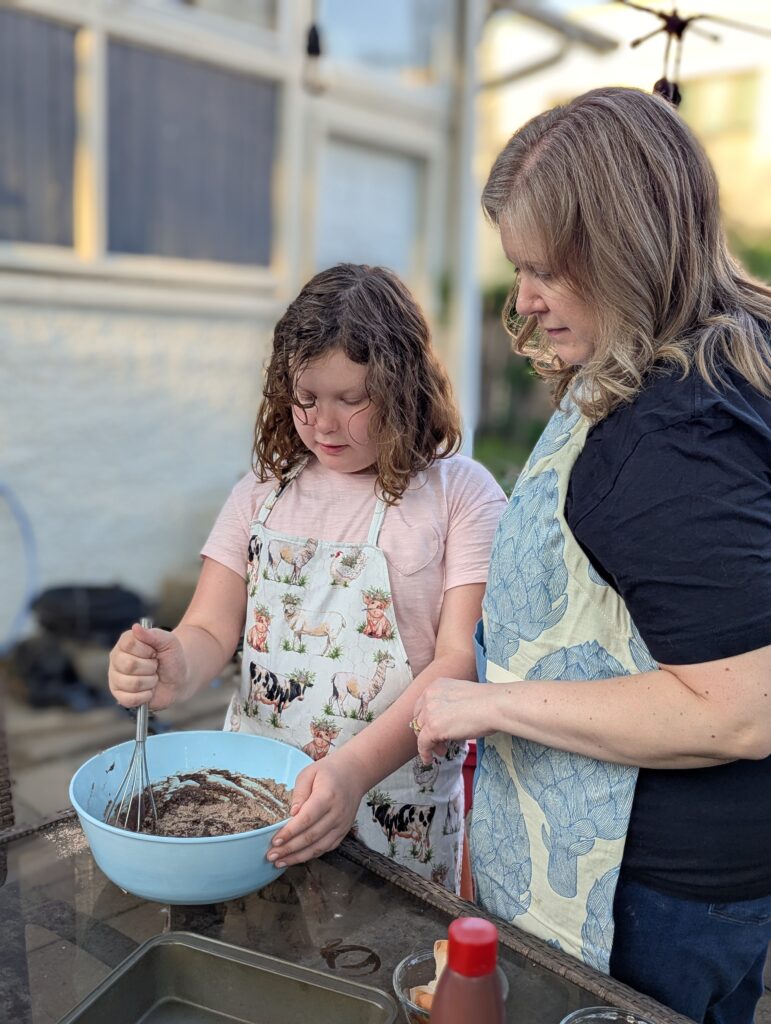
“They’ve grown up with advocacy as part of their lives,” says Anne, whose efforts include volunteering with the American Cancer Society Cancer Action Network (ACS CAN) and helping secure gubernatorial proclamations in Kansas recognizing both HPV Awareness Day and Cervical Cancer Awareness Month. “They understand why we talk about HPV, screenings, and prevention—they’ve seen what this disease can do.”
Why It Matters
Family involvement in health education and advocacy can make a measurable impact.
According to the Community Preventive Services Task Force, family-based interventions can increase preventive screening rates by up to 35%. And when parents talk openly about HPV and cancer prevention, their children are significantly more likely to be vaccinated.
These conversations are critical—especially when so many still don’t realize cervical cancer is largely preventable. In 2024, more than 13,800 women in the U.S. were expected to be diagnosed with the disease, often without knowing the role HPV plays in causing it, according to the American Cancer Society (ACS) and the Centers for Disease Control and Prevention (CDC), respectively.
“We can’t keep letting people face this in silence,” says Anne. “The more families talk about it, the more lives we can save.”
Empowering the Next Generation
This summer, Anne and her daughters are turning cupcakes and cookies into action with a fundraiser benefiting Cervivor. Inspired by Julia’s idea to spend more time together while giving back, the family is popping up at local events, sharing their story—and plenty of sweet treats.
“Julia said, ‘Why don’t we do a bake sale?’ That was all I needed to hear,” Anne recalls with a laugh. “Baking has always been something we love doing together. Now, it’s become a way to raise awareness.”
Alongside the goodies, the girls will also be selling handmade jewelry crafted with love and purpose. “Every cookie, every cupcake, and every earring is a step toward supporting Cervivor’s mission to end cervical cancer,” says Anne.
For Cervivor Founder and Chief Visionary Tamika Felder, advocacy has long been a way of life—even before it became personal after surviving cervical cancer in her twenties. Raised in a family rooted in public service, she spent her childhood volunteering for causes and through her church.
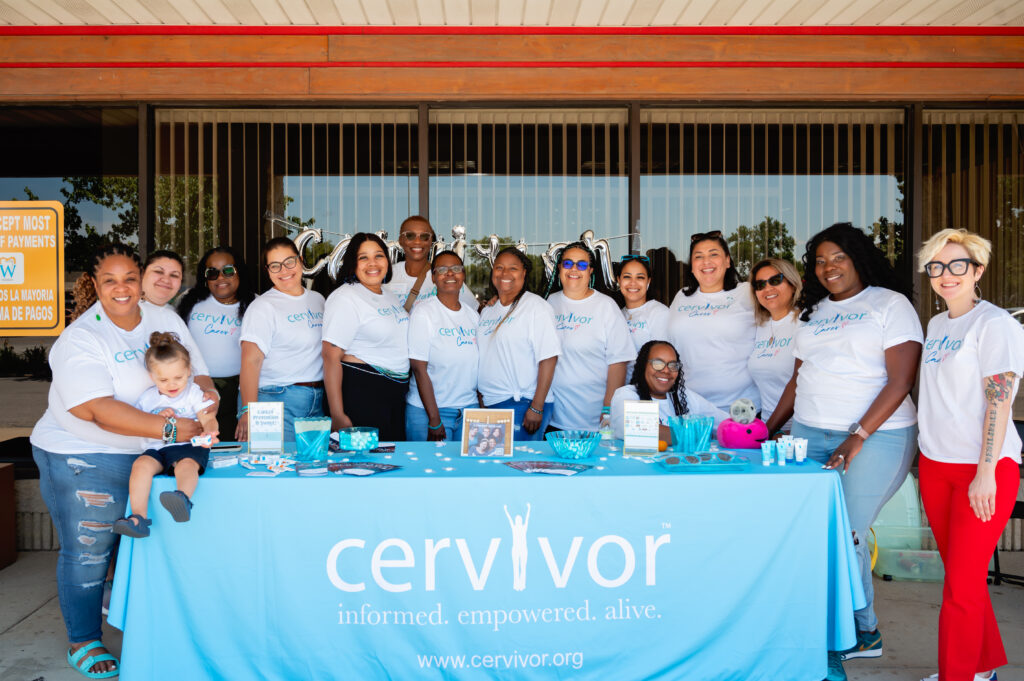
Now, her son Chayton often joins her at Cervivor events, learning the power of speaking up and giving back. At last year’s Communities of Color outreach effort in Cleveland, they were joined by one of her goddaughters, Ming, and Cervivor Ambassador Kadiana Vegee’s daughter, Aurianna—showcasing how the next generation is stepping into advocacy alongside their mothers and mentors.
“Children aren’t just watching us—they’re learning from us,” says Tamika, recalling how her goddaughter Kennedy, then in elementary school and now a college student, once held a Giving Tuesday bake sale to support Cervivor. “When a child sees you stand up for something that matters, it stays with them. That’s how movements grow—across generations.”
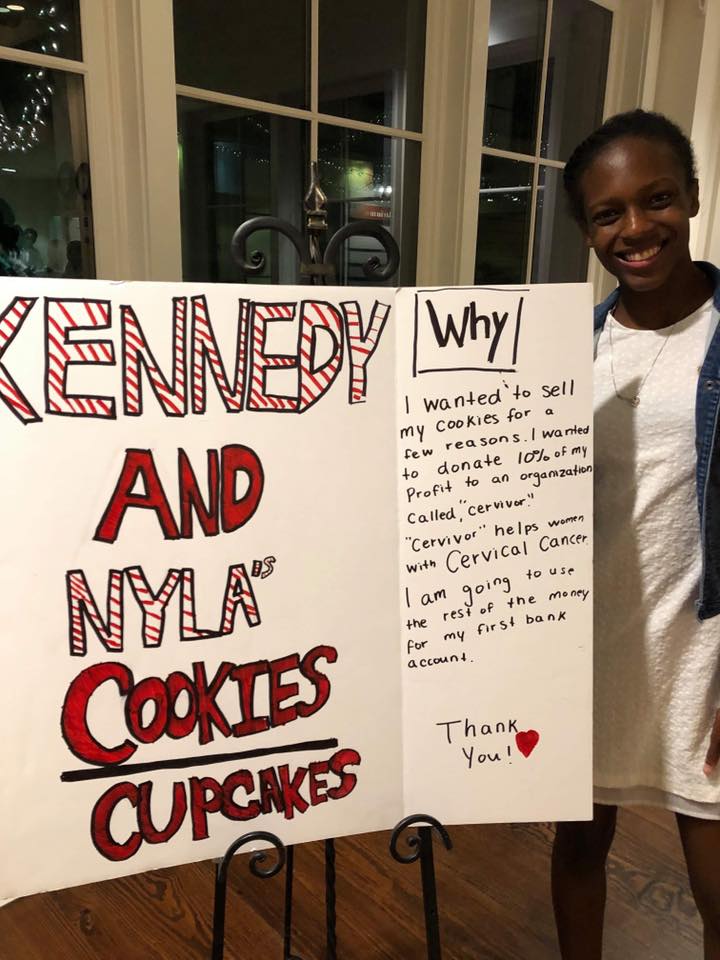
One of Cervivor’s bright lights, Becky Wallace, tragically passed away in 2021—but her legacy continues to shine. In 2020, during the height of the pandemic, her tween daughters organized a heartfelt neighborhood bike-a-thon, raising over $2,000 in support of Cervivor. Their inspiring efforts, captured in this moving video, remind us that it’s never too early to stand up for a cause you believe in—especially when it’s your mom’s life on the line. (Warning: You might need tissues.)
Get Your Family Involved
Whether it’s hosting a bake sale or a bike-a-thon, traveling to awareness events, or simply having honest conversations around the dinner table, Cervivors are teaching their children that advocacy is a shared responsibility—and a powerful gift.
“This isn’t just my story anymore,” says Anne. “It’s my daughters’ story, too. Our fundraiser is just one example of what advocacy can look like. You don’t have to start big—just start somewhere. Whether it’s baking cookies, creating art, or hosting a virtual event, your passion can fuel change.”
Support Cervivor’s Mission!
Want to get your family involved in cervical cancer advocacy? Have a fundraising idea? We’d love to hear from you! Email us at [email protected] and let’s turn your creativity into support for survivors.
And don’t forget to check out Tell 20, Give 20—Cervivor’s awareness and fundraising campaign celebrating 20 years of impact. We are grateful for every dollar donated that helps us get closer to ending cervical cancer.
